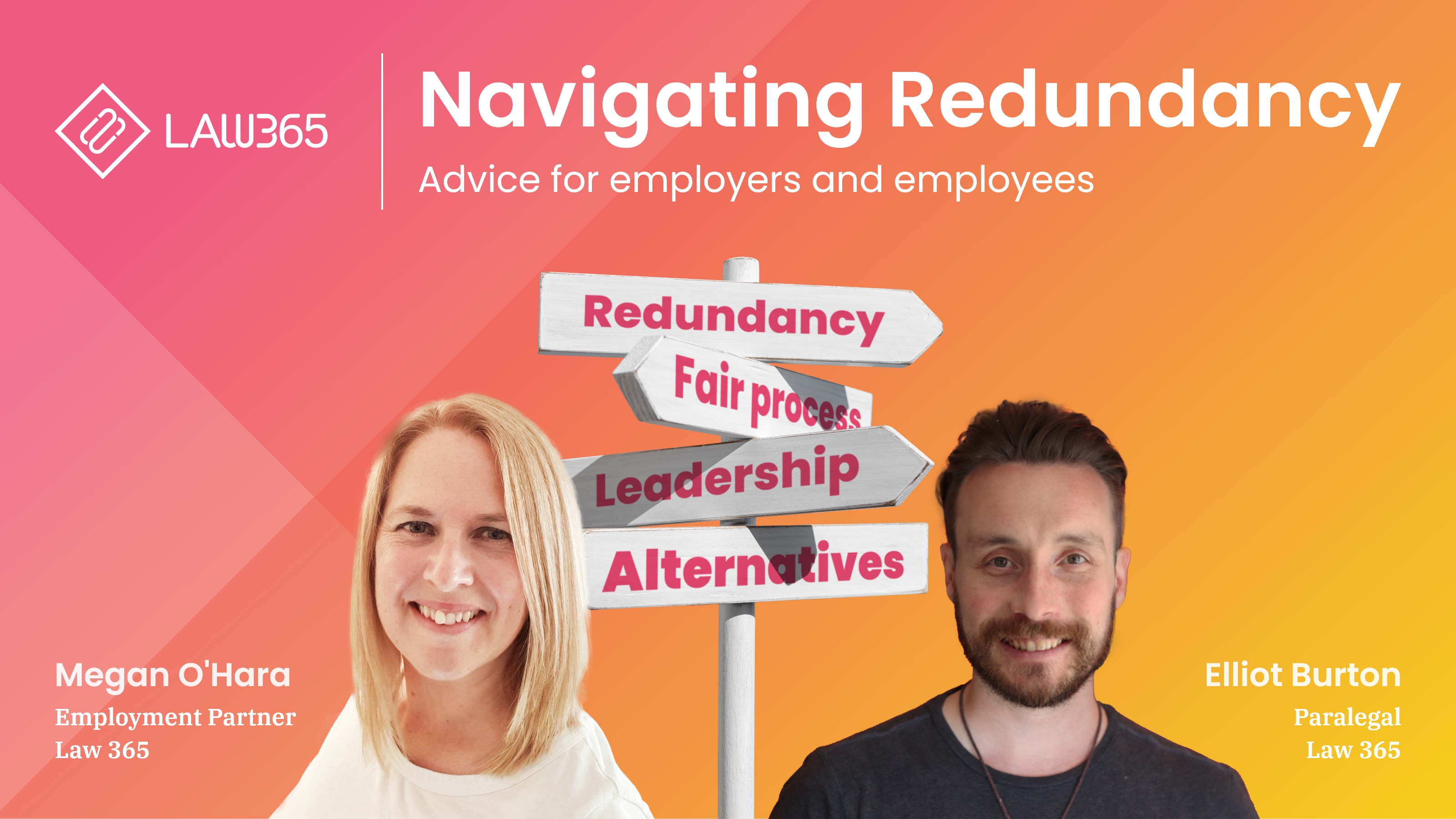Your Rights to Redundancy If Company Goes Bust: UK Employee Protections
Wiki Article
Examining the Interaction In Between Firm Redundancy and Organizational Adaptability for Future Development
In the dynamic landscape these days's company globe, the elaborate partnership between firm redundancy and organizational flexibility emerges as a crucial variable for sustained development and success. Companies commonly face the difficulty of striking a fragile balance in between maintaining a degree of redundancy to mitigate dangers and cultivating adaptability to respond promptly to the ever-evolving market demands. This fragile interaction holds the key to not just enduring in rough times but likewise flourishing despite uncertainty. As we check out the complex dimensions of this interplay, fascinating insights into just how organizations navigate these intricacies to pave the method for future development wait for.Importance of Business Redundancy
Business redundancy is a critical component that enhances organizational strength and mitigates operational dangers. By including redundancy measures within the organizational framework, firms can much better withstand unexpected interruptions and changes in business atmosphere. Redundancy works as a strategic buffer, allowing companies to adapt and react efficiently to unexpected challenges without compromising important operations.One secret aspect of the importance of firm redundancy is its duty in making certain connection during times of crisis. When confronted with abrupt modifications or emergencies, repetitive systems, sources, or workers can action in to preserve vital features and avoid extensive interruptions. This continuity not just safeguards the business's track record and customer trust yet likewise lessens financial losses and operational downtime.

Approaches for Business Adaptability

One more important strategy is buying innovation and facilities that can sustain adaptability and scalability. Implementing digital tools, automation, and data analytics can streamline operations, improve performance, and offer useful insights for notified decision-making. Additionally, developing adaptable business frameworks that enable quick modifications to market characteristics and client demands is vital for staying competitive in a rapidly developing environment. By proactively identifying potential disturbances and possibilities, companies can proactively thrive and adjust in an ever-changing company landscape.
Harmonizing Redundancy and Versatility
Achieving an unified equilibrium between operational redundancy and business adaptability is vital in browsing the complexities of a dynamic service environment. Striking the best equilibrium in between redundancy and adaptability is a delicate process that calls for a deep understanding of the company's goals, sector dynamics, and risk tolerance.To achieve this balance, companies need to conduct routine evaluations of their operations to determine areas where redundancy is needed for danger mitigation and where versatility can drive innovation and growth. Implementing adaptable frameworks, cultivating a culture of constant knowing and improvement, and encouraging open interaction throughout all levels of the company are vital methods to balance redundancy check that and adaptability effectively. By aligning these 2 important aspects, companies can place themselves for lasting growth and success in an ever-changing business landscape.
Instance Researches on Adaptation Success
In analyzing circumstances of effective organizational adjustment, it ends up being apparent that the interaction between operational redundancy and flexibility is a defining consider forming durable businesses. One engaging situation research is that of Netflix. At first a DVD rental service, Netflix showed remarkable flexibility by transitioning into a streaming system when digitalization interrupted the industry. By tactically investing in innovation and content development, Netflix not only thrived yet survived in a quickly evolving market. An additional standout instance is Amazon. Beginning as an on-line bookstore, Amazon constantly adapted its business model, broadening right into varied sectors such as cloud computing and fabricated intelligence. This adaptability allowed Amazon to remain in advance of competitors and satisfy transforming consumer demands. Last but not least, Adobe provides a notable image of successful adaptation. The business changed from selling software application licenses to a subscription-based design, making visit this site certain repeating profits streams and boosted customer engagement. These situation researches emphasize the significance of operational redundancy combined with business flexibility in cultivating long-term growth and competitiveness.Building Strength for Future Development
Structure durability for future growth needs a tactical alignment of operational processes with market characteristics and arising patterns. Business should adapt to transforming settings by promoting a culture of flexibility, innovation, and continual renovation. Durability includes not only recovering from troubles yet likewise proactively getting ready for future challenges. One vital facet of structure resilience is buying durable risk monitoring approaches to alleviate potential disturbances. This consists of scenario preparation, branching out supply chains, and developing backup strategies for various backups (who pays redundancy money).Moreover, cultivating strong connections with stakeholders, such as customers, staff members, providers, and the area, is necessary for weathering uncertainties and keeping trust and assistance throughout rough times. Reliable communication and transparency play an essential role in building strength, as they aid facilitate and line up assumptions collaboration in browsing uncertainties.
Additionally, companies require to focus on learning and advancement efforts to upskill staff members and outfit them with the necessary tools to adjust to changing situations. By spending in their labor force, companies can enhance their adaptability and agility, eventually reinforcing their strength for lasting future growth.
Final Thought

In the dynamic landscape of today's organization world, the complex relationship between firm redundancy and organizational flexibility arises as a vital factor for sustained view it now growth and success. Firms frequently deal with the obstacle of striking a delicate balance between preserving a degree of redundancy to mitigate dangers and cultivating flexibility to respond swiftly to the ever-evolving market demands.To accomplish this equilibrium, firms need to conduct routine evaluations of their procedures to recognize locations where redundancy is necessary for risk mitigation and where versatility can drive advancement and development.In verdict, the interplay between company redundancy and organizational versatility is vital for future development. Structure strength via a mix of redundancy and adaptability will guarantee that business are prepared for the difficulties of the future.
Report this wiki page